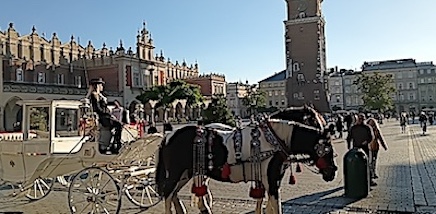PARADISE LOST? CHINA ALTERS CAMBODIA’S COASTAL VIBE
The Cambodian coastline is only 275 miles long, extending from the mangrove marshes of Koh Kong to the seaside community of Kep, famous for its crab market. At the heart of the Cambodian coast is Sihanoukville, the country’s second largest city and the primary hub for coastal tourism. Twenty years ago, Sihanoukville was a sleepy beach town with less than 90,000 residents. Then the Chinese arrived and began investing over $1 billion annually in property development. Today, the city has more than 60 massive casino hotels along with a hundred smaller gambling venues and Mandarin is replacing Khmer and English on street signs. Investment that was supposed to usher Khmers into the middle class has seen most of the good jobs go to Chinese. Indeed, 90% of the city’s expatriate community is Chinese.











